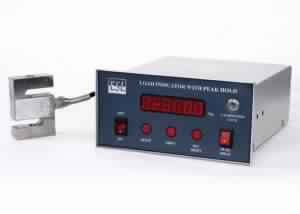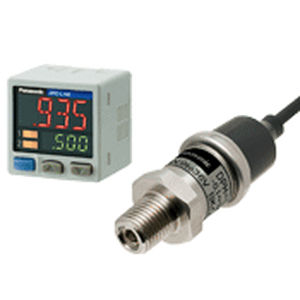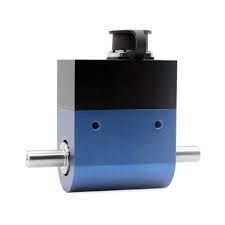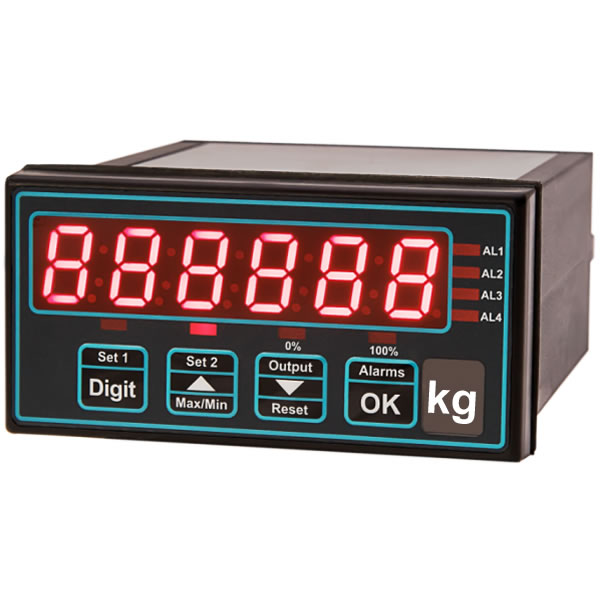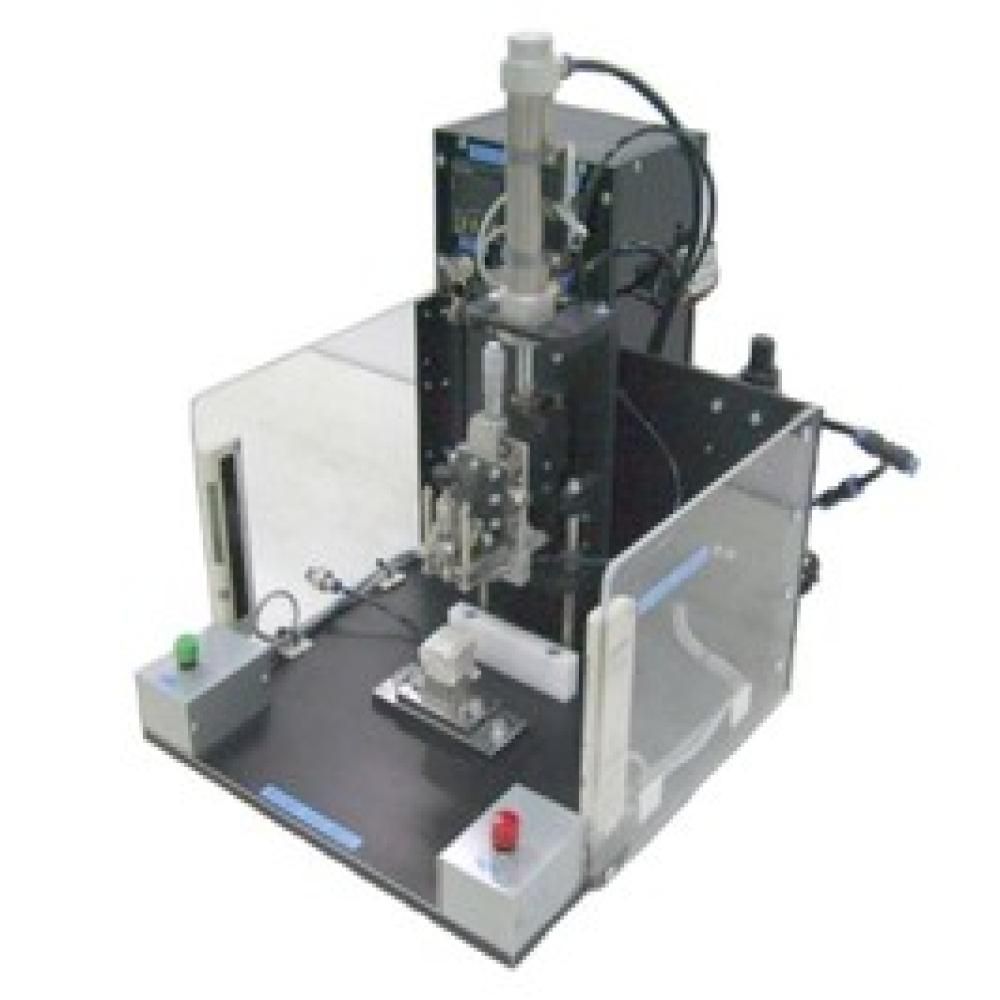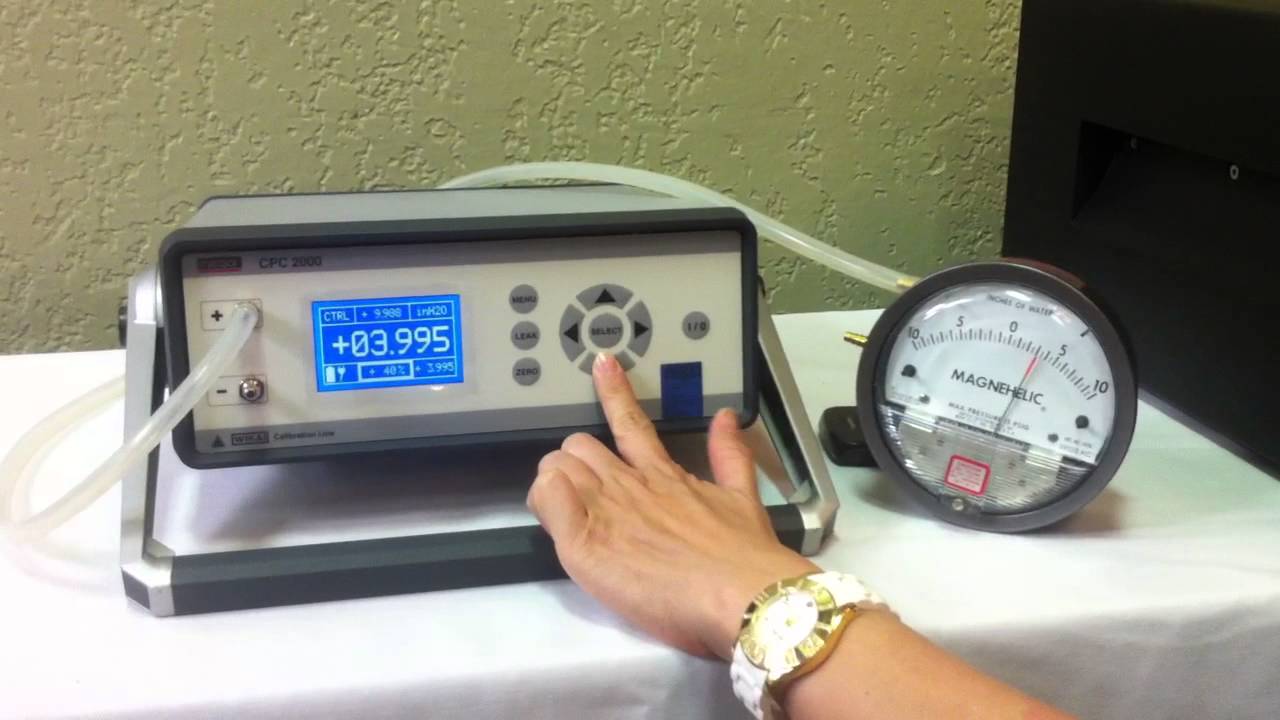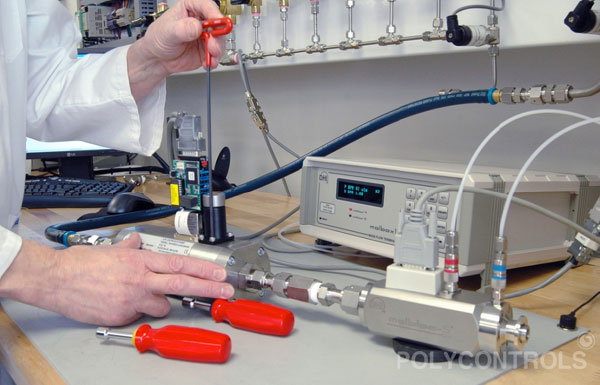Load Cells with Indicators
Calibration can be defined as a set of operations that compares the accuracy of a measuring instrument of any type (such as a load cell) against a recognised standard. The process of calibration may also include adjusting the measuring instrument to bring it in alignment with the standard..
We recommend that users recalibrate at least once a year and sooner if the sensor seems to be have been overloaded or damaged during use. Loadstar Sensors provides economical recalibration services for your convenience. Please contact one of our sales representatives for help with calibration services.
Learn More
Pressure Sensors with Indicators
Calibration should take place when the transducer is in its resting state, i.e. not experiencing any pressure, and at its temperature of operation, to account for any temperature effects on measurement.
A sensor is any device that can be used to measure a physical value. Sensors do this by converting a physical stimulus into an output signal that can be recorded by instrumentation and observed by a user. Pressure sensors are used by a wide range of different industries where they allow users to monitor and control different processes, and help ensure processing occurs safely.
Learn More
Torque Sensors with Indicators
Load cells and torque sensors are calibrated by applying a series of known loads from zero to full scale (F.S.) capacity, and recording the output of the sensor. Care is taken to choose an adequate number of verification loads, throughout the entire measuring range of the sensor. Typically 5-15 measurements are taken per verification run, and often determined by an industry stand.
Calibration is the comparison of a load cell or torque sensor to a reference standard with a known accuracy. The goal of calibration is to determine the accuracy of the instrument, establish traceability, and establish a direct relationship between a known applied load, the reference standard, and the output of the sensor.
Learn More
LVDT with Indicators
calibrations of dimensional test and measurement instrumentation. Our skilled technicians calibrate LVDT displacement and gauging transducers in various configurations, linearity specifications and measurement ranges. Using leading edge equipment, we perform stringently controlled processes to determine if an LVDT transducer is operating within acceptable tolerances.
Calibration of AC linear position sensors in accordance with displacement measurement standards and application requirements,Confirmation of the accuracy, repeatability performance of various types of displacement measuring.
Learn More
Air Leak Testers
Leak test standards emit a controlled pre-pressurized flow of air or tracer gas to calibrate or verify the calibration of leak testing and flow control instruments. Tracer gas leak test standards contain a vessel of tracer gas and can be used with or without a pressure gauge. Air flow and leak standards mount into master calibration parts and use air, compressed nitrogen, or tracer gas to verify calibration. There are also leak simulators, which plug into leak and flow testing systems to provide digital readings to verify the test instruments are properly calibrated.
Systems provides certified, high-performance air flow leak standards and tracer gas leak standards. Our calibrated leak orifice units are precision manufactured to match your unique flow and pressure requirements.
Learn More
Vacuum Gauges and Pressure Gauges
Vacuum Calibration is performed to verify that instruments are providing accurate vacuum pressure measurements. As is typical with any measuring instrument, regular calibration will ensure repeatable accuracy by comparing the measurement produced by the instrument with that of a standard or allowable tolerances.
Accuracy verification prior to installation is recommended as a gauge does not stay calibrated indefinitely. After installation, it is recommended to do the pressure gauge calibration at least once a year. This applies to all gauges in all industries, no matter the application.
Learn More
Airflow Instruments
Air flow and gas flow meter calibration services for the automotive, aviation, medical, environmental, pharmaceutical and process instrumentation industries. air flow calibration on both volume flow and mass flow and for both rate and quantity passed measurement. Flow passed is otherwise referred to as batch or total flow measurement and is a regular type of flow measurement calibration practice where a known volume or mass quantity needs to be verified.
An air flow meter essentially measures the rate that the air or gas that moves through the instrument. The measurement of gas quantity and flow rate requires special care and techniques because gases are compressible and are affected by temperature, pressure and viscosity.
Learn More
